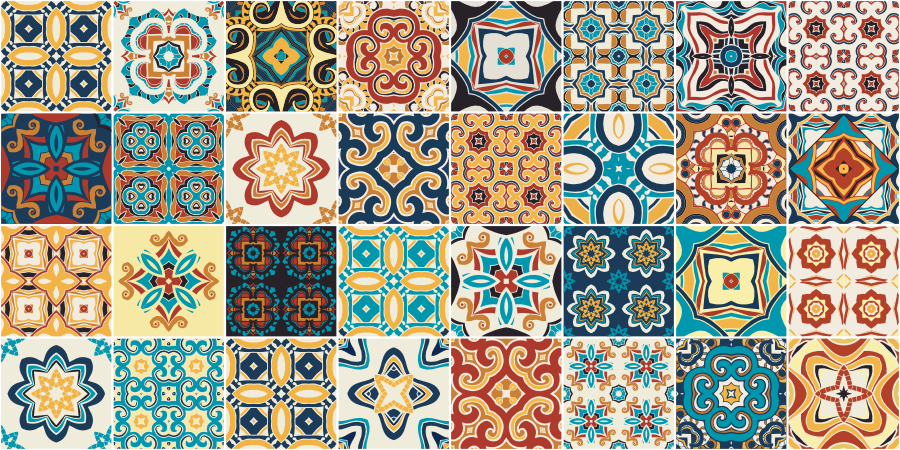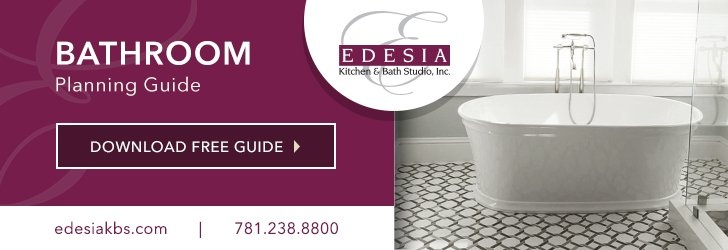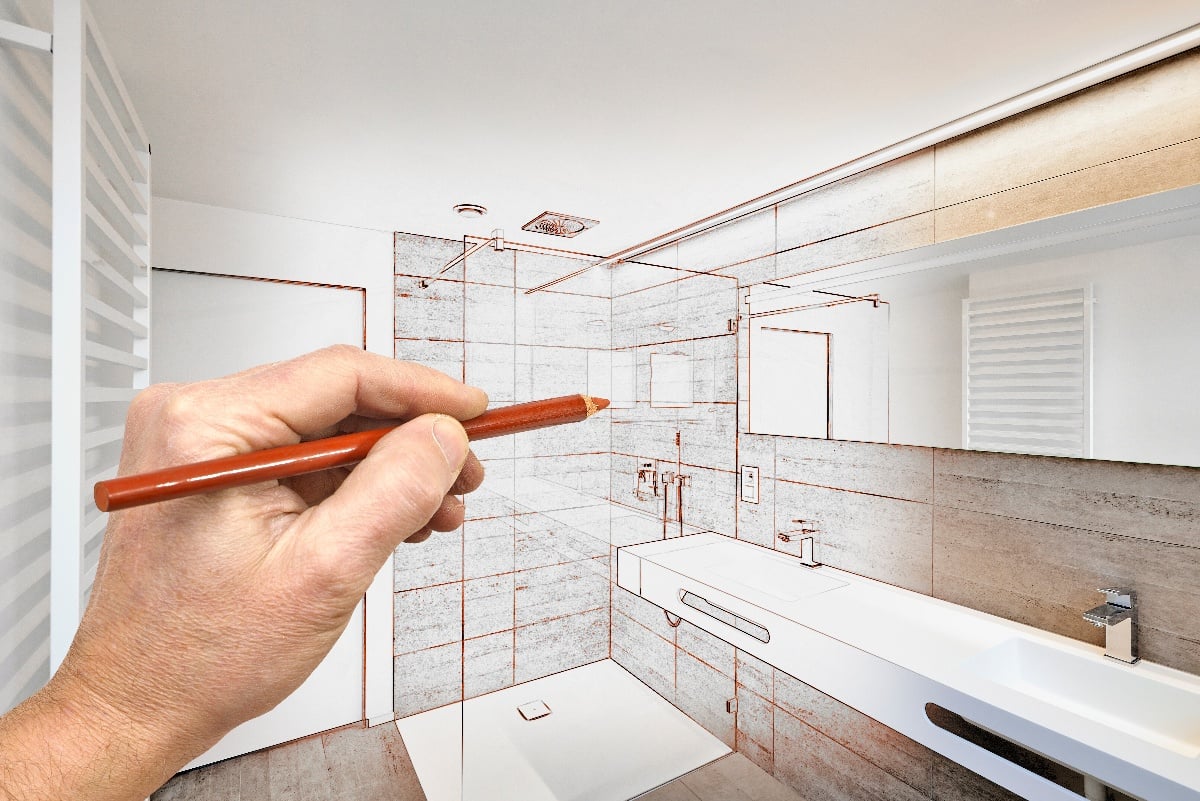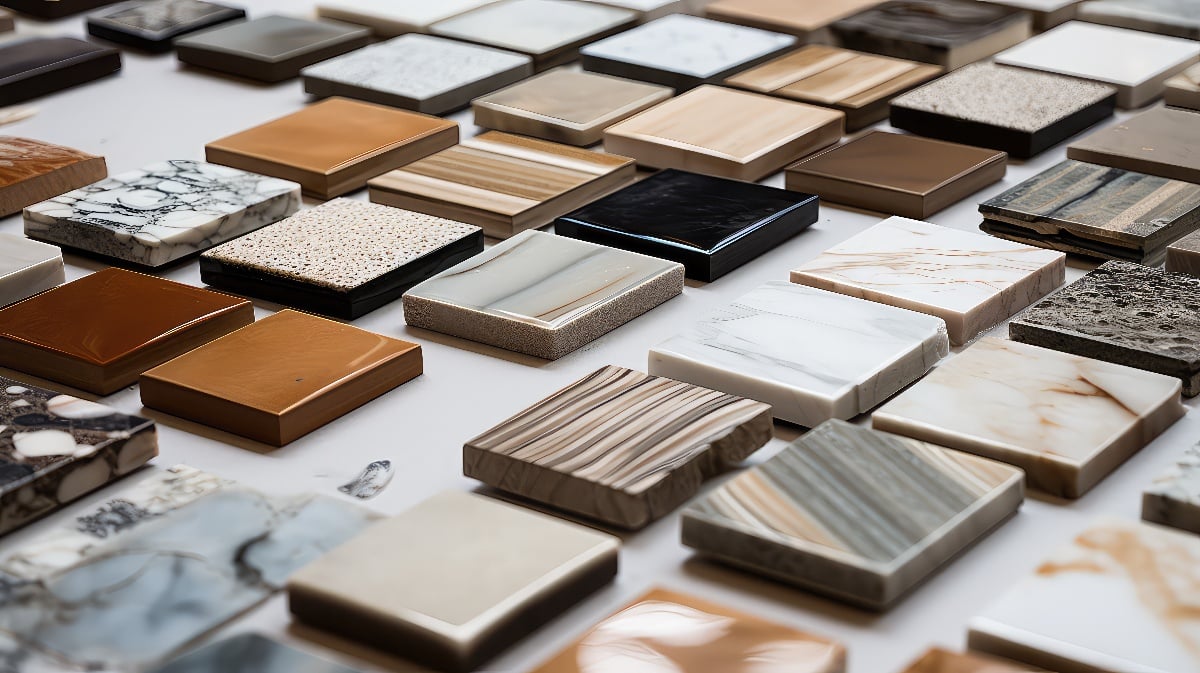Tiling a bathroom is a work of art as well as a function. Your tiles need to be water-resistant, textured for safety, and grouted expertly into place.
But they also need to be pleasant, even beautiful. in design. There are many different way to use bathroom tile as decor.
You can create a mosaic using geometric or patterned tiles. You can use tiles to create an ambient effect or draw the eye to design centerpieces.
Seamless Bathroom Tiles
Most people think of tiles as laid in a grid, with clear lines between one tile and the next. However, you don't have to design your bathroom this way. Seamless bathroom tiles are designed to disguise the lines between section panels of tile.
There are two ways to achieve seamless tiling. The first involves a mosaic of smaller tiles that disguise the true lines between laid sections of tile. The second is continuous tiles cut to shape and fit together so seams only occur in natural or structural lines.
Mosaic Seamless Tiles
Bathroom tiles need to be installed in sections. Imagine the logistic challenge of trying to install seamless sheets of thin rock or ceramic in a residential bathroom.
It can be done, but most home renovations are much more easily performed with sections of tile instead. In standard tile, this leads to seamed, grout-separated grid of tiles. For a seamless look, you don't have to bring in a seamless slab. Instead, choose tiles that are sections of a mosaic.
With mosaic seamless tiles, the sectional seams are disguised by dozens of smaller seams between the mosaic pieces on each section tile. In this context, mosaic could refer to any pattern of smaller tiles or stones.
You can go with a brick design, a glass tile chip design, a patterned mosaic, or a simple miniature-grid of smaller patterned tiles.
Slab Seamless Tiles
The other type of seamless style must be put together very carefully. If you want a continuous tile with little to no visible grouted seams, this will take a custom and very careful job.
You will need to use the features of the bathroom to create seams and define your sections. Consider adding molding and decor elements to minimize your slab size and break up your seamless tile design.
Seamless continuous tiles are often custom-cut ceramic, sometimes veined to resemble marble.
Choosing Seamless Tiles for Your Bathroom
Selecting the right tiles for your bathroom is all about style and function combined. Seamless tile is an attractive solution for bathroom tiling and can help to aesthetically define each space.
Here are your top considerations when choosing a style of seamless tile for your bathroom.
Color Palette
Your bathroom design has a color palette. The color of the walls, towels, countertops, and sometimes more will define the theme of your bathroom. Make sure your tiles match the rest of the bathroom decor.
Choose a mosaic color combination that subtly reflects and enhances the colors in the room. You can also use the seamless bathroom tile design to redefine the bathroom color palette.
Finish
Some bathroom tiles are soft and dusty-looking. They may have a matte finish with safe, no-slip texturing and tend to be less reflective.
Some tiles are mirror-bright or are even colored prisms made of glass bricks or shards. Choose whether you want dusty, shiny, or crystalline as your tile finish.
Size and Ratio
Most seamless tile designs are mosaics or alternating brick pattern. The size of these sub-tiles defines the pattern and business of the total design.
So decide on the tile size and the ratio of small tiles for each section that looks best in your bathroom.
Transition to Other Tile
If there are other tiles that you plan to use for other sections, trim, or backsplash, then consider how your seamless tile design will mesh with them.
Create a digital or sample-tile collection of the tiles side-by-side to make sure they look good together.
---
Choosing the right seamless tile for your bathroom can be tough. We can help. Contact us for a consultation on your bathroom remodel ideas and professional guidance toward the perfect final result.












